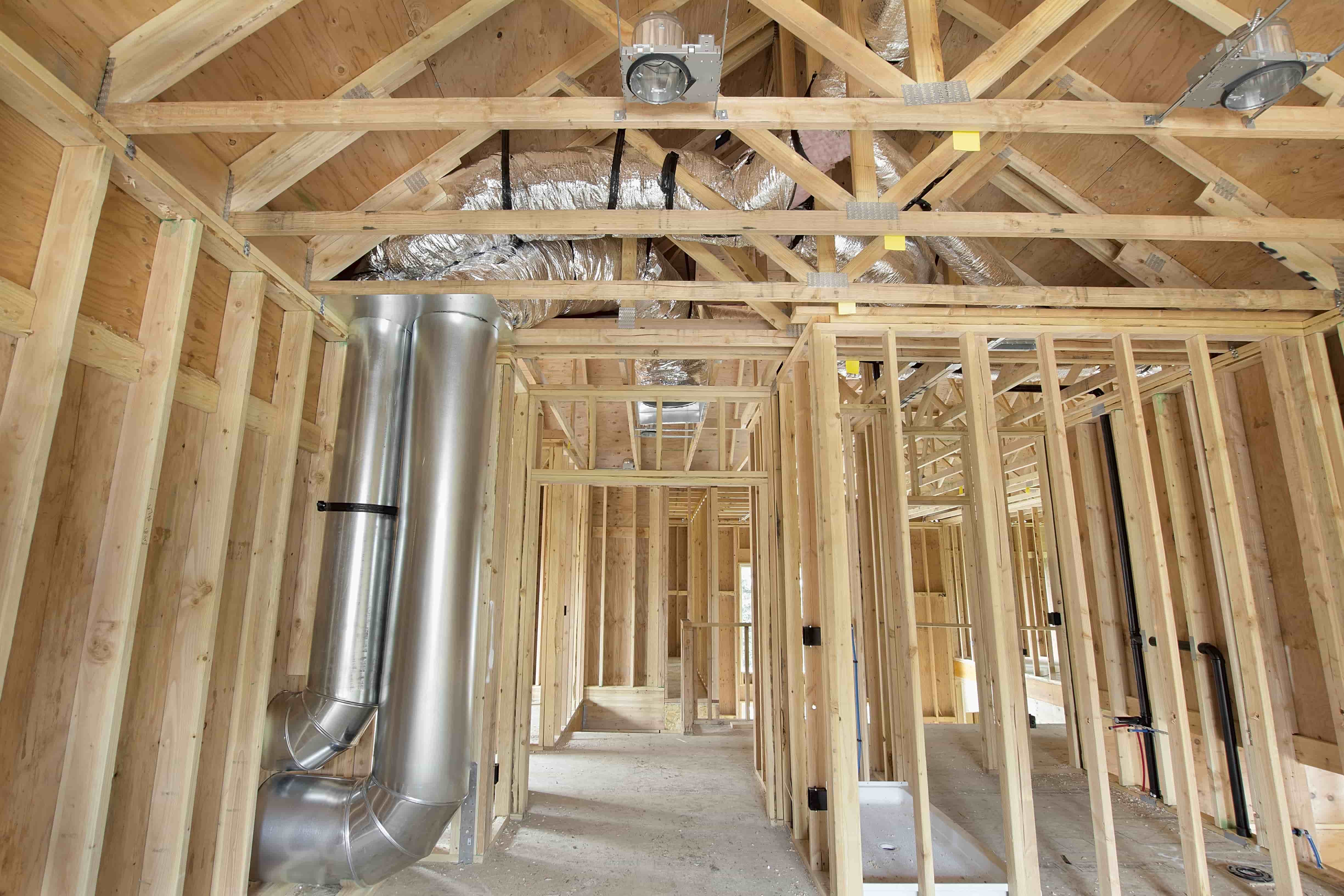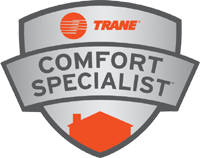How To Maintain Your HVAC Ducts

August 11, 2023
Forced air heating and cooling solutions rely on hidden ducts to transport the heated/cooled air. The ducts expel the air via vents throughout the home. Like any part of your home, the HVAC ducts need regular maintenance to ensure effectiveness and efficiency. If you would like to know more about how you can better maintain your HVAC ducts, keep reading.
Install a Good Filter
The filter easily grabs all kinds of debris and irritants, preventing them from entering the ducts and, in turn, the indoor air. If the filter gets dirty, it becomes less effective, so more debris gets into the ducts. Some filters are reusable and should be cleaned regularly, but many filters are disposable. High efficiency particulate air filters or HEPA filters are incredibly effective at also capturing 99.97 percent of irritants with a size of 0.3 microns.
Have Ducts Cleaned
If too much dust and debris collect in the ducts, it doesn't just affect your indoor air quality. As the dust, pet hair, human hair, and other debris collects on the walls of the ducts, it narrows the passage. This makes the system work harder to push the same amount of air through a smaller opening.
This excess strain can cause the system to break down faster than average. In extreme cases, the ducts could even become clogged, especially if you aren't using or maintaining your filter.
Make Necessary Repairs
Forced air heating and cooling is incredibly effective at quickly heating or cooling the home, making it a popular choice for many homeowners. However, if you fail to maintain your ducts, damage can cause holes and gaps. For example, if you hammer a nail through the ducts when hanging a photo, it becomes an air leak.
Similarly, the ducts consist of many segments attached together. Over time, these segments can detach or become loose, allowing air to escape. In fact, about 20 to 30 percent of air in the ducts is lost because of holes and gaps. This can lead to higher energy bills and rooms that are too stuffy or cold.
Luckily HVAC technicians can access these ducts and use appropriate mastic sealant or metal tape to seal the gaps and holes. If you use another type of material, such as duct tape, the adhesive can loosen when exposed to heat.
Add Appropriate Insulation
Heat loss and heat gain affect the temperature of the air inside the ducts. In the summer, the heat outside the ducts warms the air inside the ducts, and in the winter, the cold air steals some heat from the heated ducts.
This is less of a problem for some ducts, such as those in the walls and ceilings of your living spaces. However, ducts in the attic or basement can benefit from foil-faced fiberglass insulation to hinder the transfer of heat because these areas of the home are not temperature controlled.
Consider a Dehumidifier
Illinois can get humid. In fact, the average relative humidity is about 70.9 percent, making it one of the top humid states in the US. This can affect the indoor air quality, but humidity can also lead to issues with the ducts.
Humidity is moisture in the air, and mold loves moisture. In fact, mold spores need moisture to start to sprout. For this reason, if your ducts are humid, mold may develop. This can damage the HVAC system and affect your indoor air quality. It may even cause breathing problems or irritation, especially if you have allergies.
Adding a dehumidifier to your HVAC system pulls excess moisture from the air, keeping it at the ideal level. This makes your home more comfortable, and it reduces the risk of mold and mildew.
If you have a forced air heating and cooling HVAC system, stop neglecting your ducts. Regular maintenance can help boost efficiency and indoor air quality. If you would like to know more, contact us at Service 1 Plumbing, Heating, and AC Inc.




